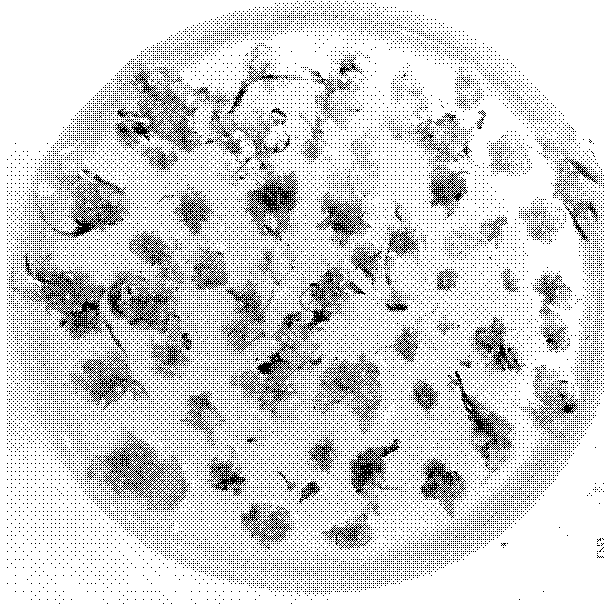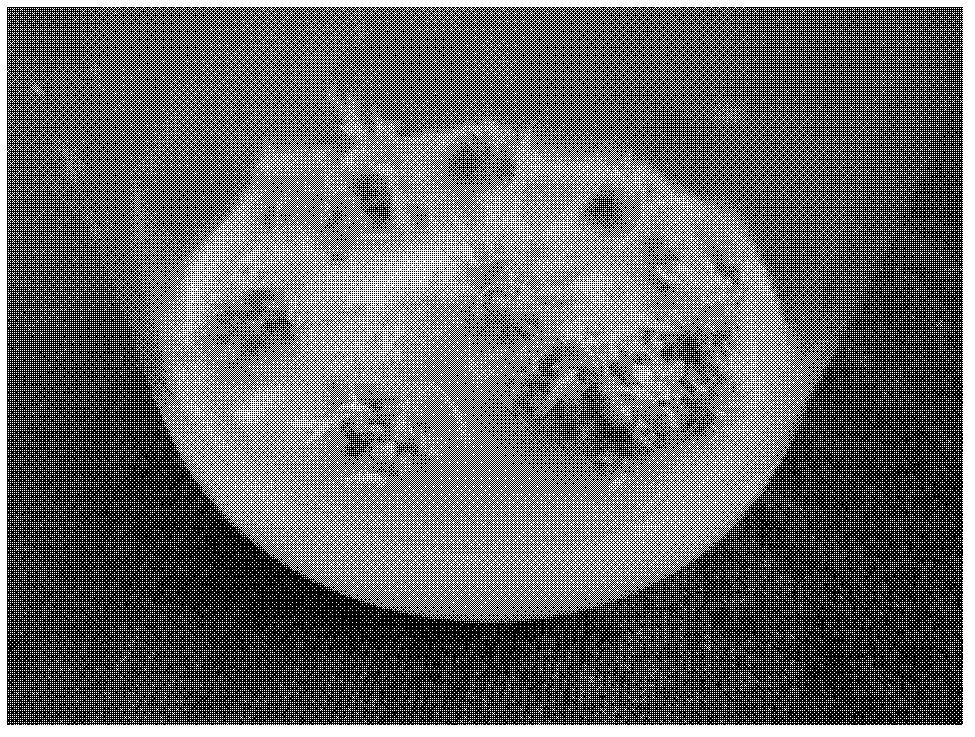Rapid propagation method for Miscanthus floridulus
A five-jointed, fast technology, applied in the field of plant cell engineering, can solve problems that have not been reported, and achieve the effect of reducing the healing rate, avoiding browning of young ears, and ensuring genetic stability
- Summary
- Abstract
- Description
- Claims
- Application Information
AI Technical Summary
Problems solved by technology
Method used
Image
Examples
Embodiment 1
[0021] Materials: M.floridulus 02117 was collected from Chenzhou, Hunan, and preserved in the Miscanth plant resource nursery of Hunan Agricultural University.
[0022] 1. Selection and sterilization of explants: select excellent single plants of Miscanthus chinensis, and cut out young panicles in the formation stage of spikelet primordia with a leaf-to-occipital distance of 0. First, remove the outer leaves of the young panicles, leaving only the flag leaves, wash them with sterile water for 3 times, then treat them with 70% alcohol on the aseptic operating table for about 15 seconds, and then sterilize them with 0.1% mercuric chloride for 18 minutes. Rinse with sterile water 6 times for later use;
[0023] 2. Induction of embryogenic callus: remove the flag leaves from the sterilized young ears with flag leaves on the ultra-clean bench, cut the young ears into ear segments of about 0.3 cm, and inoculate them in callus induction culture Base: MS+2,4-D2.0mg / L+6-BA0.1mg / L. In...
Embodiment 2
[0027] Material: M.floridulus 04405 was collected from Ma'anshan, Anhui, and preserved in the Miscanth plant resource garden of Hunan Agricultural University.
[0028] 1. Selection and sterilization of explants: select excellent single plants of Miscanthus chinensis, and cut young ears with a leaf-occipital distance of 1.5 cm. First, remove the outer leaves of the young panicle, leaving only the flag leaf, wash it with sterile water for 4 times, treat it with 70% alcohol for about 20 seconds on a sterile operating table, and then disinfect it with 0.1% mercuric chloride for 20 minutes. Rinse with sterile water 6 times for later use;
[0029] 2. Induction of embryogenic callus: remove the flag leaves from the sterilized young ears with flag leaves on the ultra-clean bench, cut the young ears into ear segments of about 0.4 cm, and inoculate them in callus induction culture Base: MS+2,4-D4.0mg / L+6-BA0.2mg / L. Inoculate 4 panicle segments in each bottle in the inoculation bottle,...
Embodiment 3
[0033] Materials: M.floridulus 02155 was collected from Changde, Hunan, and preserved in the Miscanth plant resource nursery of Hunan Agricultural University.
[0034] 1. Selection and sterilization of explants: select excellent single plants of Miscanthus chinensis, and cut young panicles in the formation stage of spikelet primordia with a leaf-to-occipital distance of 2 cm. First, clean the outer leaves of the young panicle, leaving only the flag leaf, wash it with sterile water for 4 times, treat it with 70% alcohol for about 30 seconds on the aseptic operating table, and then disinfect it with 0.1% mercuric chloride for 20 minutes. Rinse with sterile water 7 times for later use;
[0035] 2. Induction of embryogenic callus: remove the flag leaves from the sterilized young ears with flag leaves on the ultra-clean bench, cut the young ears into ear segments of about 0.5 cm, and inoculate them in callus induction culture Base: MS+2,4-D6.0mg / L+6-BA0mg / L. Inoculate 3 panicle s...
PUM
 Login to View More
Login to View More Abstract
Description
Claims
Application Information
 Login to View More
Login to View More - R&D
- Intellectual Property
- Life Sciences
- Materials
- Tech Scout
- Unparalleled Data Quality
- Higher Quality Content
- 60% Fewer Hallucinations
Browse by: Latest US Patents, China's latest patents, Technical Efficacy Thesaurus, Application Domain, Technology Topic, Popular Technical Reports.
© 2025 PatSnap. All rights reserved.Legal|Privacy policy|Modern Slavery Act Transparency Statement|Sitemap|About US| Contact US: help@patsnap.com



